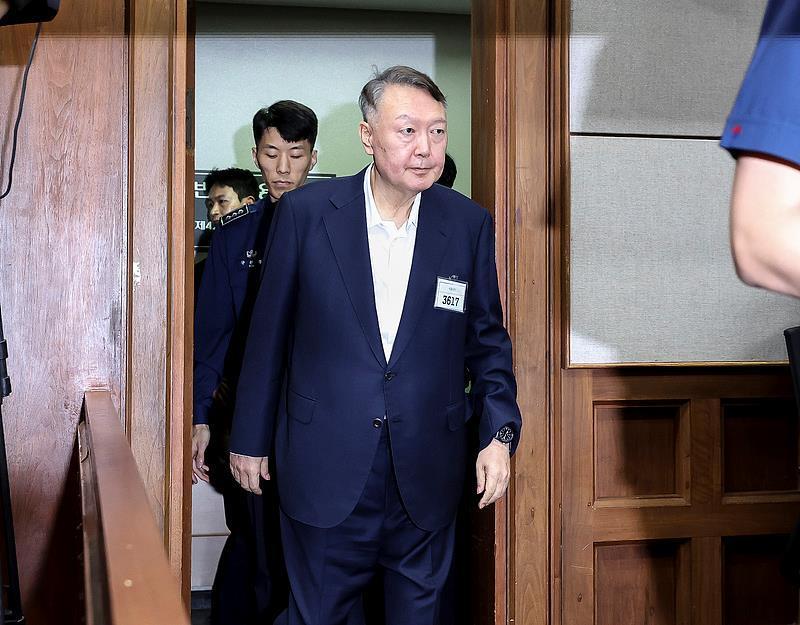
The US Federal Aviation Administration (FAA) has revealed flaws in some of Boeing's 777 aircraft. Specifically, the FAA found a problem with poor electrical insulation near the fuel tanks of these aircraft, which could cause a fire in the fuel tanks and cause a fire or explosion. The defect may affect nearly 300 Boeing 777s in the United States, including 777-200, 777-200LR, 777-300, 777-300ER and 777F family jets.
The FAA has come up with solutions and estimates it will cost about $14 million to fix the problems. The program included approximately 90 hours of inspections of each aircraft and the installation of teflon bushings and cap fasteners in certain parts of the fuel tanks. However, Boeing itself is not responsible for resolving these issues, and it is up to the operators and airlines to solve them themselves.
Boeing said it was aware of the FAA's airworthiness directive and had issued guidance to operators of Boeing 777 aircraft. They said they fully support the FAA's recommendations and will enforce the directive. However, Boeing also stressed that this is not a direct flight safety issue, as modern commercial aircraft are designed with multiple redundancies to ensure that electromagnetic effects are protected. So why did Boeing refuse to fix the problem? The author analyzes several factors.
First, business interests may be a factor. As a large commercial company, Boeing needs to consider economic gains and market share. In some cases, repairing aircraft defects can require a significant investment of time and money, which can adversely affect a company's financial condition and market competitiveness. As a result, Boeing may weigh the cost of fixing the defect against the potential loss of market and make decisions accordingly.
Second, technical difficulty and complexity could also make it difficult for Boeing to quickly address aircraft defects. Aircraft design and manufacturing is a highly complex process that involves multiple systems and components working together. In some cases, the defect problem may involve the core design or key technology of the aircraft, requiring in-depth investigation and research to find a solution. This can take a lot of time and resources and may require collaboration with other vendors or partners.
In addition, Boeing may be facing external factors such as regulatory pressure and legal action. In some cases, regulators may require Boeing to fix specific aircraft defects and monitor and review them. If Boeing fails to fix the defects in a timely manner or fails to comply with regulatory requirements, it could face fines, flight bans or other legal consequences. These factors could prompt Boeing to be more careful about aircraft defects and weigh various factors in making decisions.
It is worth noting that in recent months, Boeing passenger jets have suffered a series of accidents, including built-in emergency doors falling off, engine fires, tires falling off, running off the runway and wing damage, which have made Boeing face pressure from U.S. regulators, airlines and Congress. The FAA has also announced an investigation into Boeing's quality inspections and falsification of records. Therefore, Boeing should strive to improve the safety and quality of its aircraft, but also face the problem of aircraft defects, and work with all parties to solve the problem.

The South Korean political arena has once again been embroiled in a public controversy over a judicial investigation that has shaken the entire nation.
The South Korean political arena has once again been embroi…
On the morning of December 29th local time, the precious me…
According to the US media Barchart, recently, the fluctuati…
On December 29th, Mar-a-Lago in Florida, USA, witnessed a h…
SoftBank Group announced on Monday that it has agreed to ac…
Recently, the US State Department issued a visa ban, adding…